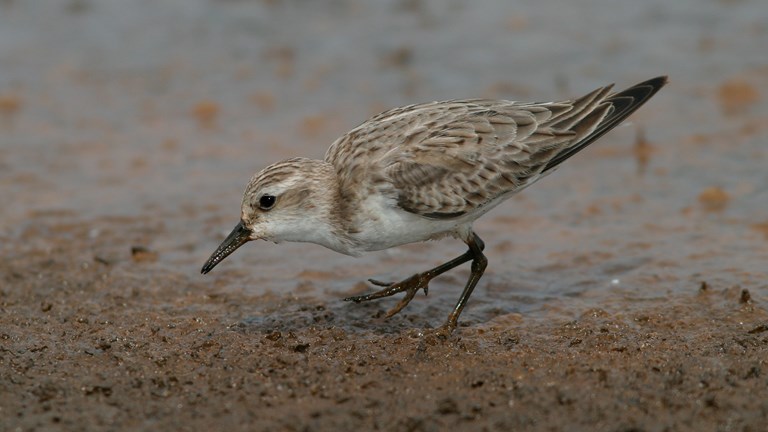
Red-necked Stint
Calidris ruficollis
Numenius madagascariensis
Eastern Curlew populations are declining in eastern Australia. The conservation of this species is truly a global effort, since their migration takes them through many regions. In Victoria, habitat is disappearing because of drought, for example around the Gippsland Lakes. Pollution of waterways and human disturbance also impacts upon these birds.
Eastern Curlews
Eastern Curlews are found throughout coastal Australia (mainly in the north-east and south) after migrating from the northern hemisphere. They are widespread in coastal areas including mudflats, estuaries, swamps and shorelines.
Eastern Curlews are the largest of the migratory wading birds, all of which live in costal areas and have long legs and a long bill. Their bills can be over 18 cm long and are used to pluck prey from the muddy shallows. They forage for crabs, molluscs and other invertebrates during the day and night.
These birds migrate huge distances every year, according to the season. They fly continuously for two or three days, then stop in wetlands to rest and feed before continuing. In the northern summer they breed in Russia and north-eastern China in bogs and swamps. They lay four eggs in a nest among reeds in June or July. Young Eastern Curlews feed themselves by catching mosquitoes and other insects. By late July or August, Eastern Curlews depart for the southern hemisphere. Large numbers reach the eastern coast of Australia by September, where they remain until late February or March.
The plumage of Eastern Curlews is mottled brown with a distinctive pale underwing and barred flight feathers that are visible while they are in flight. Their wing beats are slow and steady, and they make a loud melancholy call that rises in pitch, sounding like ‘cuuuur-lee'.

Calidris ruficollis
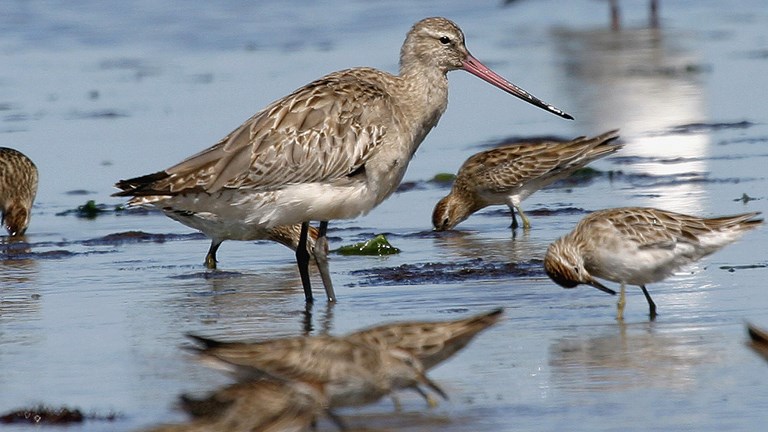
Limosa lapponica
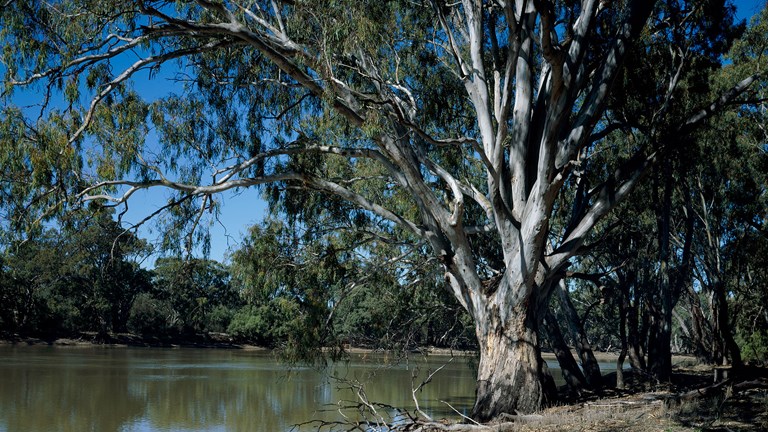
There are many types of dry forests in Victoria including stringybark, red gum, grassy woodlands and the remnants of the once great box–ironbark forests.
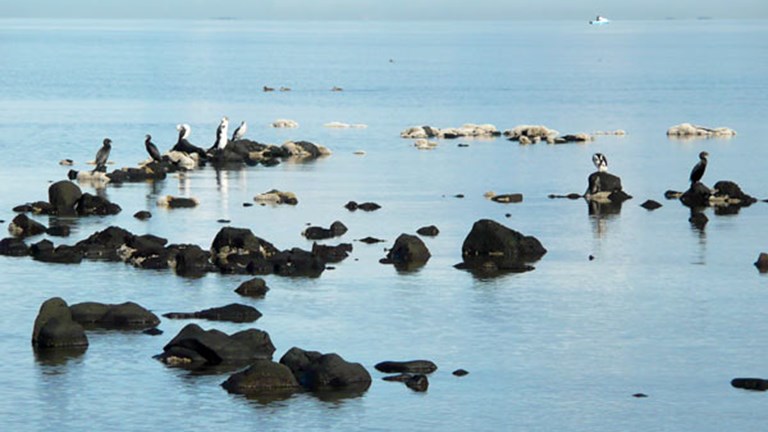
Victoria’s coastal wetlands are significant places for wildlife, with many listed in international conventions to protect the habitat of migratory birds.
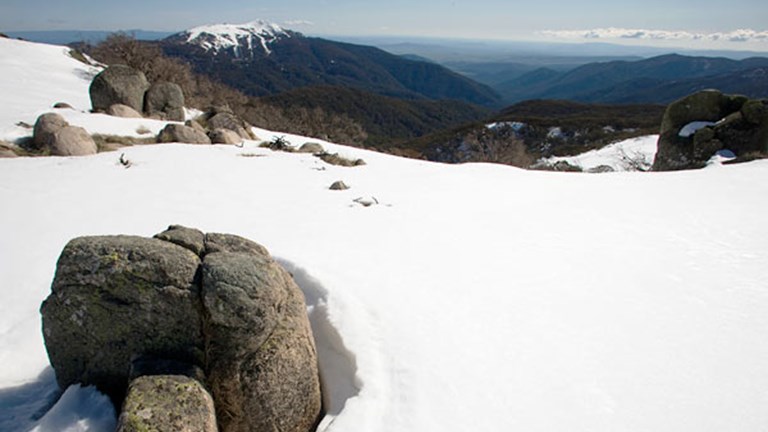
The Victorian Alps extend from the plateaus of Lake Mountain and Mt Baw Baw to peaks such as Mt Feathertop and the headwaters of the Murray River.
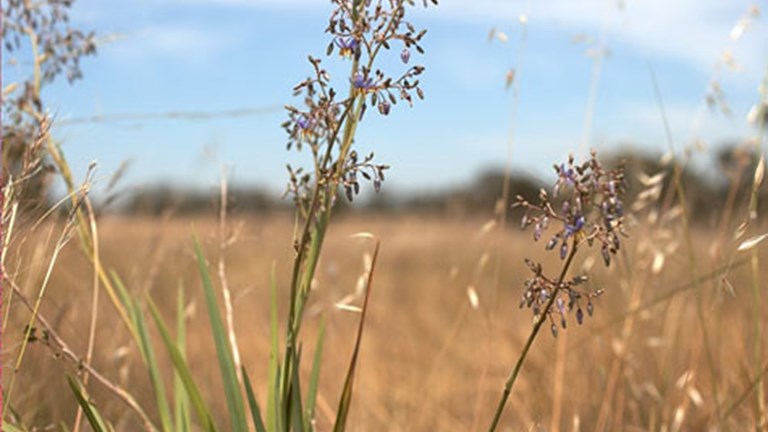
When the first Europeans arrived in Victoria there were grasslands on the vast, undulating western plains, on the northern plains and in Gippsland.
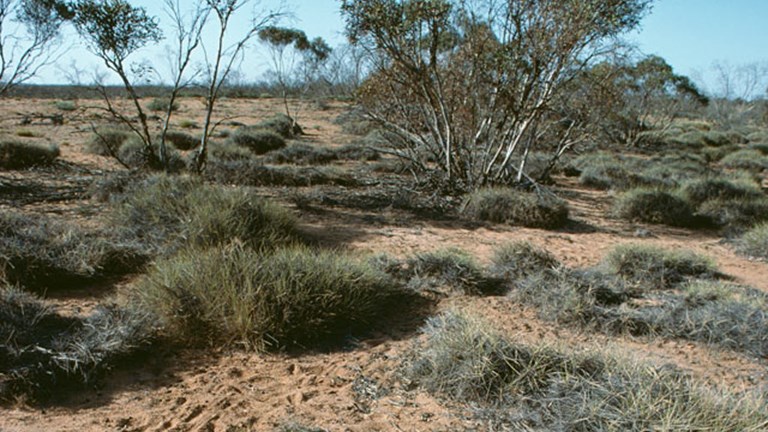
The Victorian Mallee in the north-western corner of the state has a mosaic of vegetation types adapted to low rainfall and sandy soils.
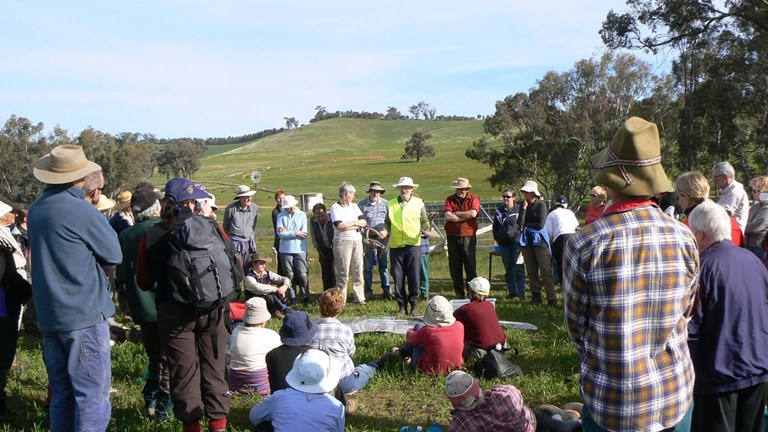
Find out about the issues affecting our special places and the plants and animals that live in them, and discover some ways you can help.
We are making improvements to our website and would love to hear from you about your experience. Our survey takes around 10 minutes and you can enter the draw to win a $100 gift voucher at our online store!
Museums Victoria acknowledges the Wurundjeri Woi Wurrung and Boon Wurrung Bunurong peoples of the eastern Kulin Nations where we work, and First Peoples across Victoria and Australia.
First Peoples are advised that this site may contain voices, images, and names of people now passed and content of cultural significance.